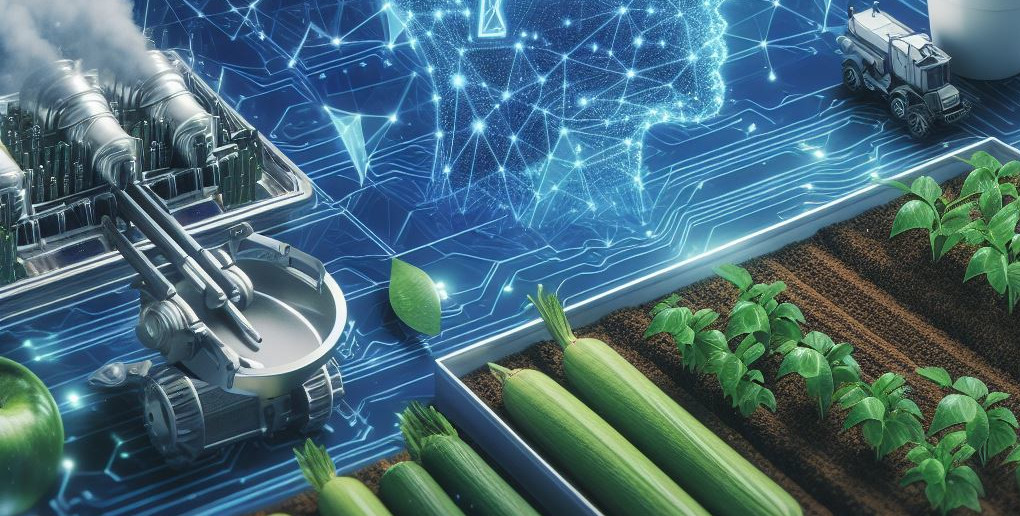
Systems Optimization
ALT-AI Sysop
Systemic Intelligence for Complex Challenges
The Systems Optimization Division at ALT-AI focuses on applying artificial intelligence to improve the behavior, resilience, and efficiency of multi-component systems — from farm logistics to decentralized infrastructure, industrial pipelines, and resource networks.
Our goal is to integrate AI into system-wide design and decision-making, optimizing flows, configuration, and interdependencies beyond individual parts.
Many apparently seemingly disconnected phenomena, which often shares behavior that may be described with the same underlying mathematical description of the interaction between its parts (agents).
We study emergent behavior and systems complexity from a universality point of view
Focus areas
This division is distinct from ALT-AI Mechanical, which focuses on component-level physical design.
- Networked system design and fault tolerance
- Scheduling, routing, and resource distribution optimization
- Dynamic modeling and simulation of real-world processes
- Agent-based modeling and multi-objective AI planning
Core competencies
- Digital Twin Modeling of integrated systems (e.g., irrigation networks, transport chains)
- Multi-Objective Optimization for trade-offs across energy, cost, and performance
- Reinforcement Learning for System Control
- AI-enhanced Simulation Pipelines for system-level behavior prediction
- Data-Driven System Diagnostics to anticipate faults and inefficiencies
Key Applications
- Aerodynamics: Optimize winglets, diffusers, and chassis airflow using neural networks trained on CFD data
- Hydrodynamics: Improve propeller and hull shapes with deep learning applied to drag and wake analysis
- Rotating Machinery: Enhance thermal tolerance and energy efficiency of engines, turbines, and pumps
- Additive Manufacturing: Use AI to refine printable topologies for strength, vibration control, and thermal expansion
- Energy Systems: Redesign heat exchangers, turbines, and transmission parts for higher throughput and durability
Advanced Topics in AI-Driven Mechanical Engineering
1. Topology Optimization
We apply evolutionary algorithms and gradient-based methods to generate lightweight structures with maximal load-bearing capacity—suitable for aerospace, automotive, and robotic limbs.
2. Physics-Informed Neural Networks (PINNs)
Used to embed boundary conditions and physical laws directly into the training of models that simulate material deformation, thermomechanical behavior, or fluid dynamics.
3. Data-Driven CFD Acceleration
By training AI models on simulation datasets, we dramatically reduce the time and computational cost of running fluid dynamics studies—making design iteration 10x faster.
4. Failure Mode Prediction
We use AI to detect and predict failure-prone geometries by integrating empirical fatigue data and stress-strain simulations across varying operational loads.
5. Multiphysical Coupling Analysis
We combine AI with co-simulation (e.g., thermal-mechanical-electromagnetic) to optimize components such as magnetic actuators, e-motors, and combustion chamber parts.
